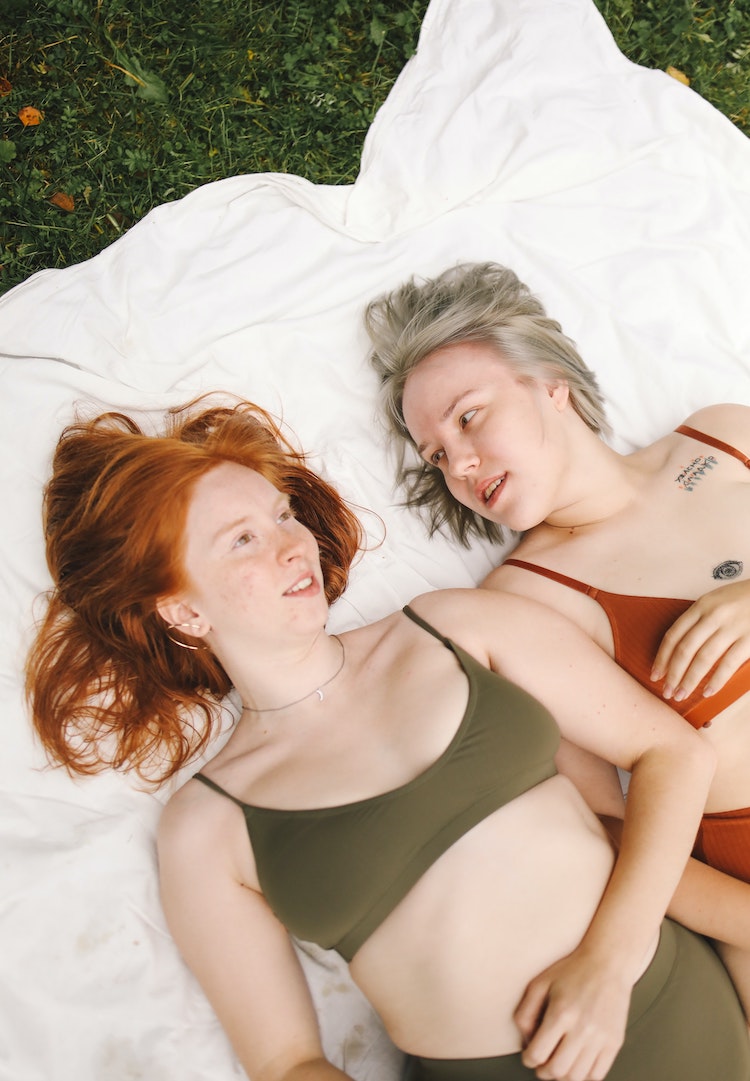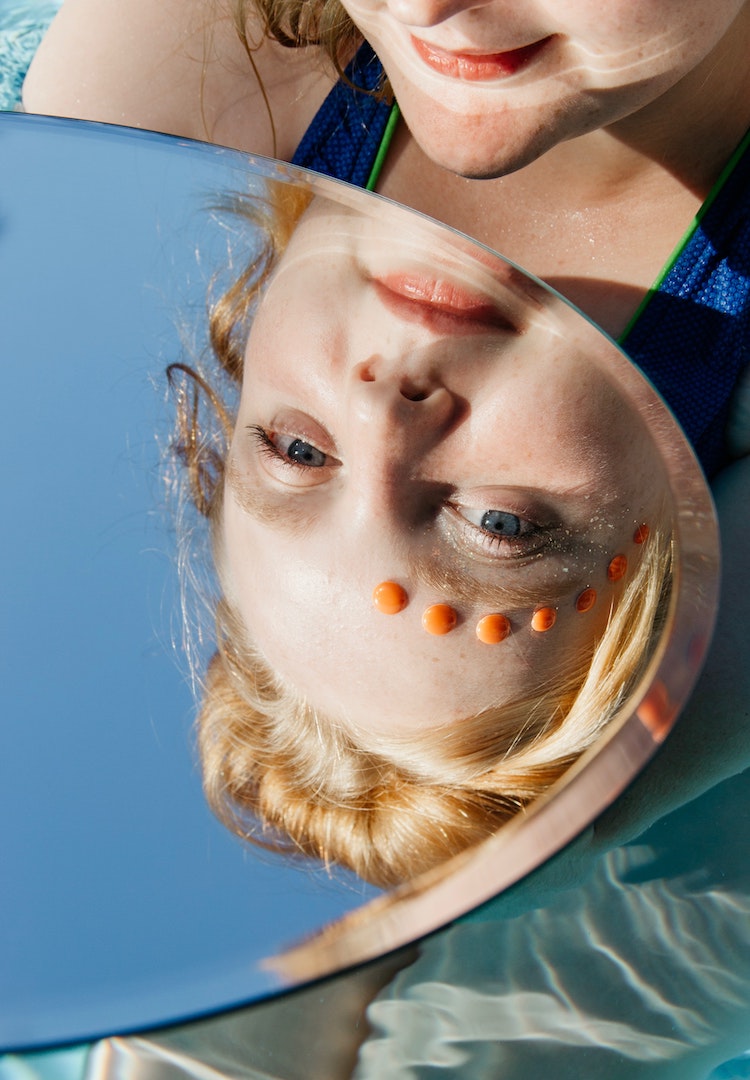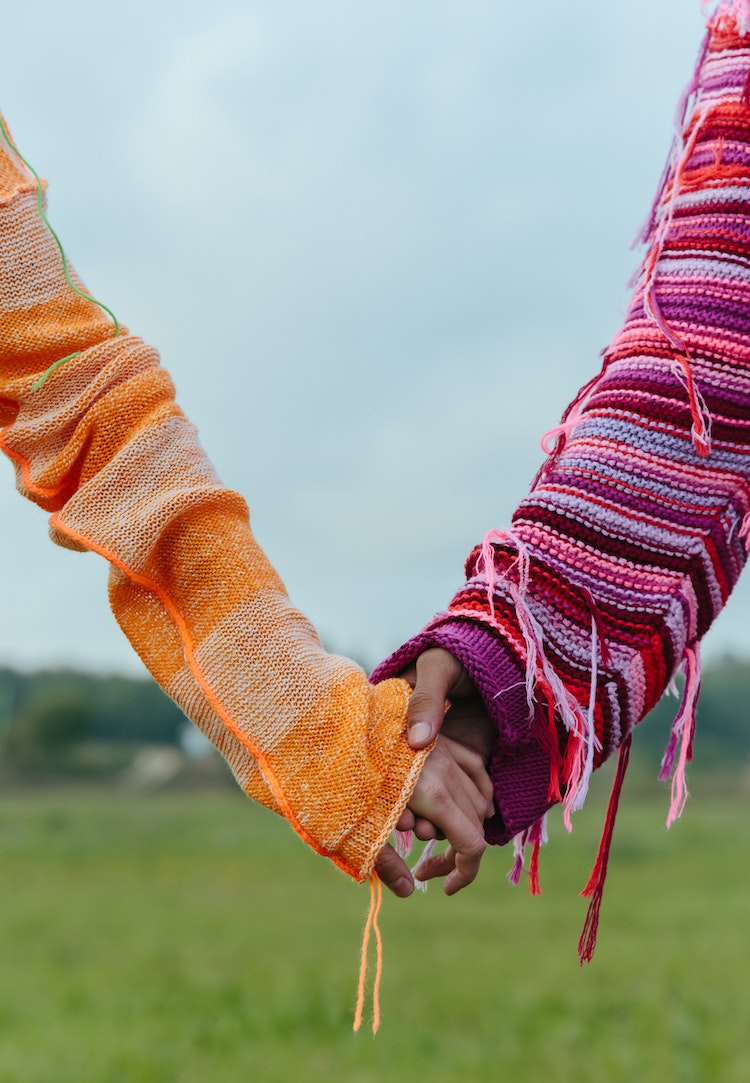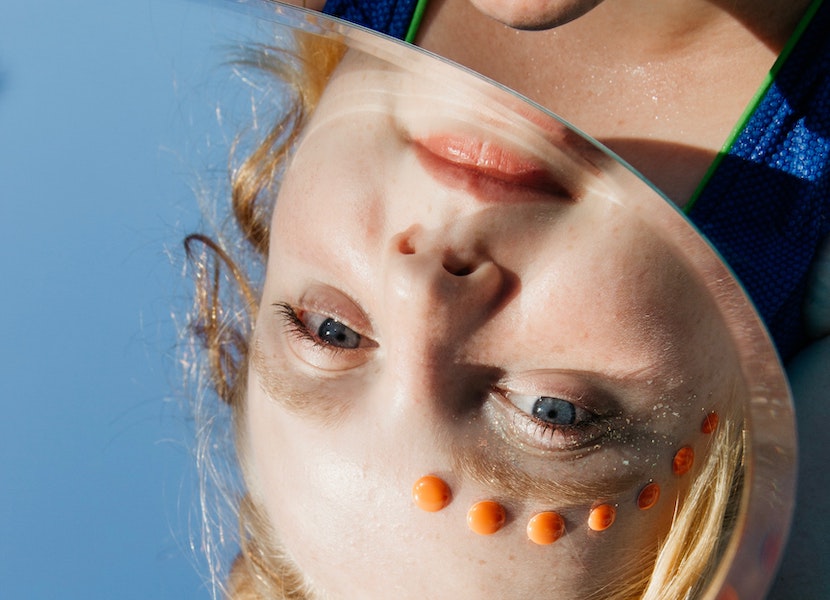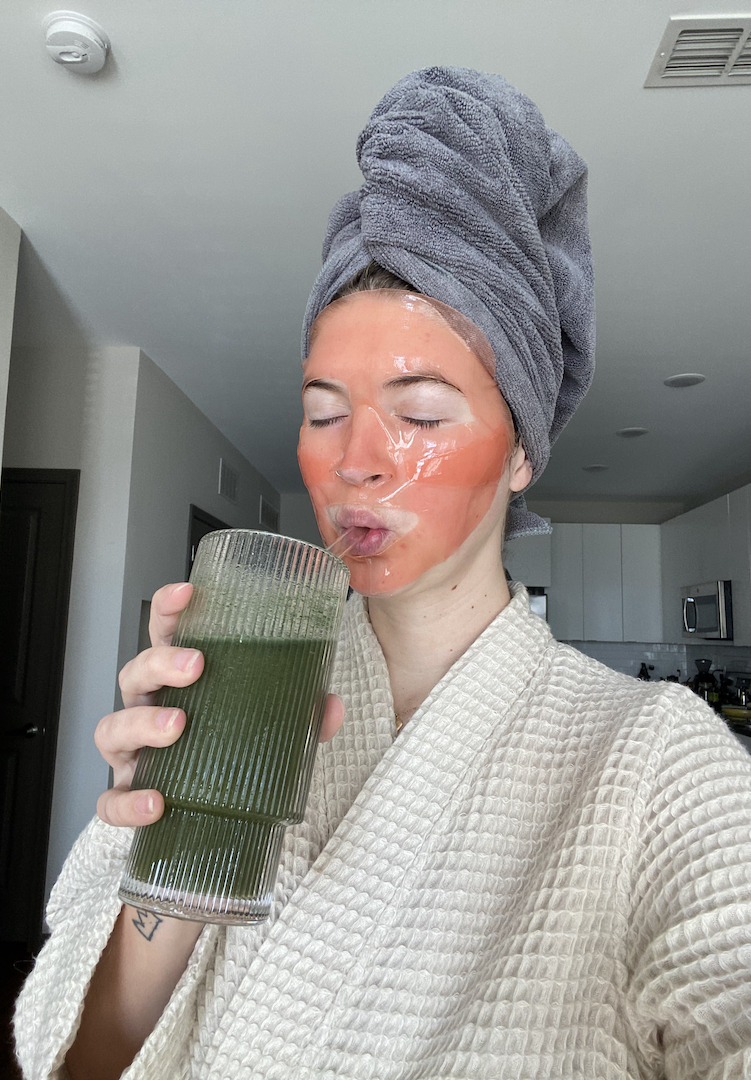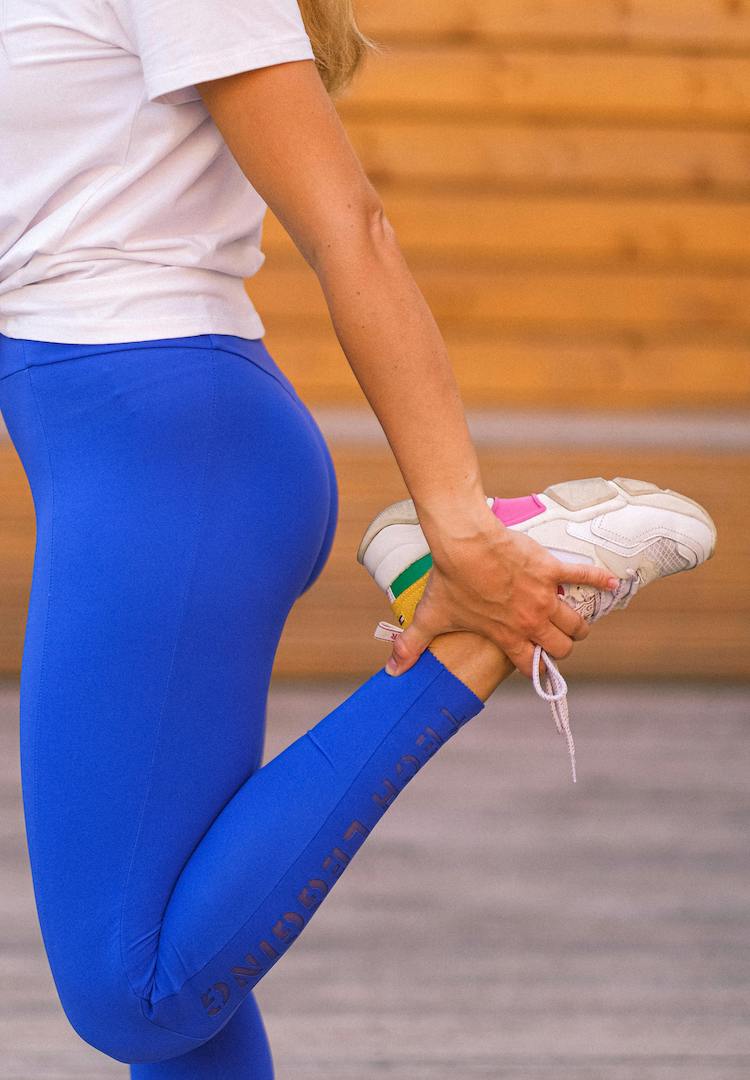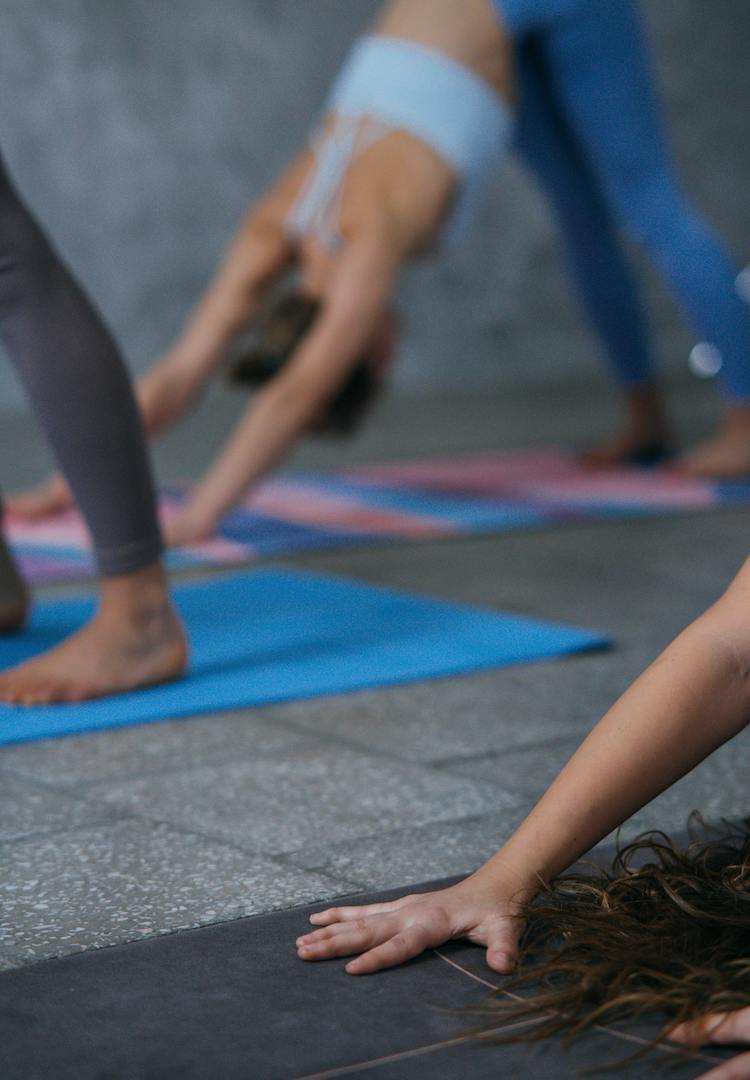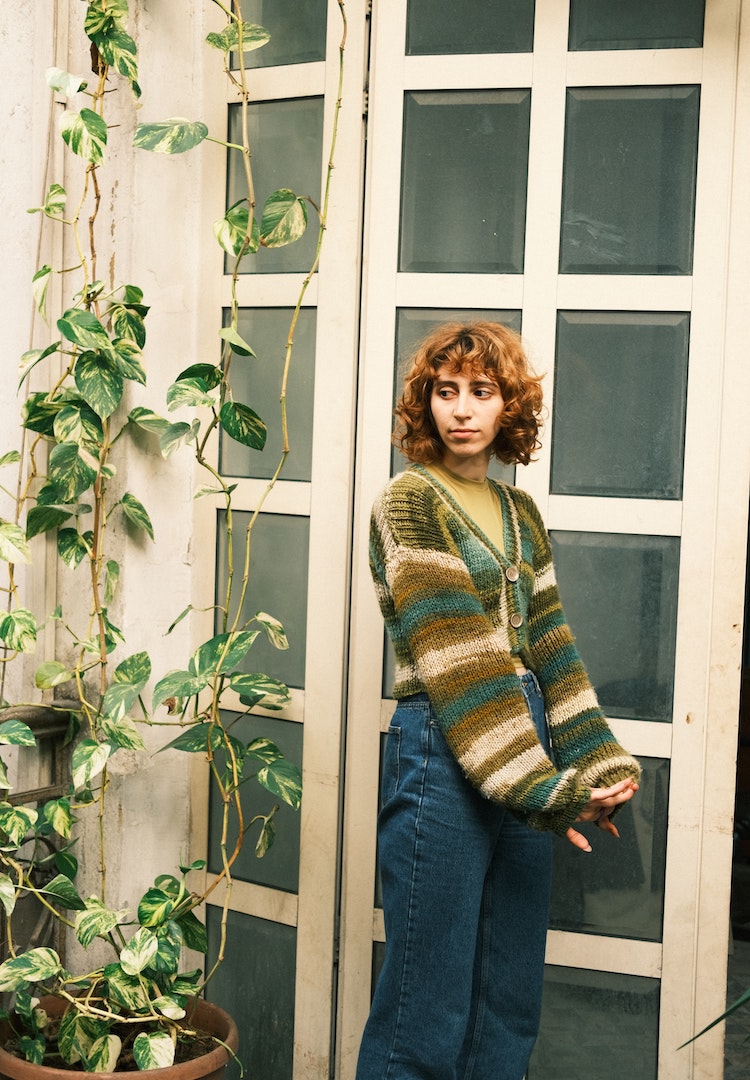As someone who almost got a nose job, I understand why people are reversing theirs
WORDS BY CAIT EMMA BURKE
“I often wonder how I might feel about my face if I were to look in the mirror and see the sleek, straight nose I pined for looking back at me.”
Earlier this year, in a cover story for Vogue, supermodel Bella Hadid confirmed something many have long suspected; that she has indeed had a nose job. Not only that, but she revealed to the publication that she regrets the procedure, which she had done at age 14, to this day. “I wish I had kept the nose of my ancestors. I think I would have grown into it,” she said.
When I first read this news, it reminded me of how close I came to being in the same position as Bella. No, I didn’t almost become a nepotism baby turned uber-successful high fashion model, but I did almost undergo a nose job – a procedure I now know for certain I would have regretted.
For more content like this, browse through our Life section.
Throughout my childhood and teenage years, and well into adulthood, I utterly despised my nose. I used to look longingly at the girls around me who were in possession of a cutesy, ski-jump nose – their facial perfection acted as a painful reminder of how angular my nose was. Instead of a ski jump, I believed my proboscis looked like a jagged cliff jutting out of my face.
The cherry on top of the self-hating cake was when a boy I had a ludicrously intense crush on – the type of crushes you only seem to have when you’re going through puberty – told a mutual friend that if only I didn’t have “such a big nose”, he’d find me attractive. Little did he know the indelible mark those throwaway words would leave on my psyche.
Years of unrelenting self-hatred (at its worst, it was verging on facial dysmorphia) had convinced me I would finally feel okay about my appearance if only I could rid myself of my natural nose. So in my early twenties when my dad, worn down by the years I’d spent verbally abusing my nose (the same nose each member of my family is in possession of), offered to help me pay for a nose job I jumped at the chance. Finally, I could correct what nature had gotten so wrong.
The rise of the reverse nose job
I wasn’t alone in pining after corrective surgery for my nose. In America, nearly 200,000 rhinoplasties are performed per year, making it the most common facial plastic surgery procedure in the country. People choose to get nose jobs for many reasons, but it would be remiss not to recognise that we’ve been presented with a cookie-cutter version of an attractive nose for the last few decades.
It’s the nose every second Hollywood actor, pop star and influencer seems to possess – a nose devoid of character, and a nose that erases the tell-tale signs of someone’s ethnicity. Throughout the 2000s, hordes of people were swapping their Middle Eastern noses (incidentally, the Middle East is reportedly the number one region in the world for nose jobs), broad African noses or bent aquiline noses for something they perceived as more pleasing to the eye: a palatable Westernised nose.
But now, a change is afoot. Last month, Dazed reported on the rise in popularity of the ‘reverse nose job’, a procedure that uses filler to restore the natural bumps and curves in the noses of those who’ve undergone a rhinoplasty. In the article, Los Angeles-based cosmetic surgeon Dr Alexander Rivkin revealed he’s seen an increase in the last few years of patients who want their natural nose back, and are willing to undergo another procedure to achieve this.
“Some feel like they no longer look like they are part of their family, some feel like they don’t look like their ethnicity. They feel like their previous imperfections made their nose and their face look more natural and they want that back,” he told the publication.
It’s a sentiment I can relate to. I often wonder how I might feel about my face if I were to look in the mirror and see the sleek, straight nose I pined for looking back at me. Now, as a 28-year-old who’s in a much better place self-esteem-wise, I like that my nose connects me to my family and adds character to my face.
It’s this heritage and character that some rhinoplasty patients are now regretful to have erased from their visage. It makes sense. In 2022, interesting, individualised beauty is not only much more accepted, but it’s coveted in a way it never was when I was a teenager.
Who nose what you’ll want in the future?
But back to my almost nose job. I had three consultations with a plastic surgeon, who told me something I found incredibly hard to believe at the time; that from the front, my narrow, slender nose was what many people asked him to create for them. However, my side profile was a different story. “So you can see here, you have a dorsal hump that needs correcting,” he told me, running a gloved finger over the bump I’d spent years fixating on in every reflective surface I could find.
The problem identified, I asked him how one goes about removing a dorsal hump. “Well, we make an incision at the base of the nostrils and peel the skin of the nose back. Then we break the bone in different places and trim the cartilage then we pull the skin back down and sew everything up. Easy as,” he replied, with the confidence of someone who could perform a life-altering procedure in his sleep.
I recall feeling bile rising in the back of my throat. I’d never been great with medical procedures, but this just seemed barbaric. Leaving the surgeon’s office, I had a come to Jesus moment in the lift. Was I really going to let the opinion of a teenage boy and the legions of cutesy noses I saw on nearly every celebrity growing up (and Ashlee Simpson’s notorious nose job before and after pictures – her before is exactly the same as my natural nose) convince me to let someone take to mine with a tiny hammer?
On the train home, I thought about the few female celebrities with noses of note. Over the years, I’d regularly looked at images of these women in an effort to reframe the way I viewed my own. Meryl Streep, Barbra Streisand, Tilda Swinton, Sofia Coppola and Sarah Jessica Parker; each of these women were beautiful not in spite of their noses, but because their noses made their faces come alive. They added balance, harmony and interest and made each of their faces memorable in all the right ways.
Looking out the train window, I decided then and there I would never mess with my nose. It felt like an act of rebellion to embrace and, hopefully, learn to love a feature I’d been told I should hate. Now, almost a decade later, I’m incredibly thankful I never went under the knife. Instead, I’ve kept the nose of my ancestors and I’ve finally grown into it, just like Bella Hadid theorised she would have with hers.
If you’re struggling with body image issues, you can call the Butterfly National Helpline at 1800 33 4673 for free and confidential support, or email or chat to them online here.

